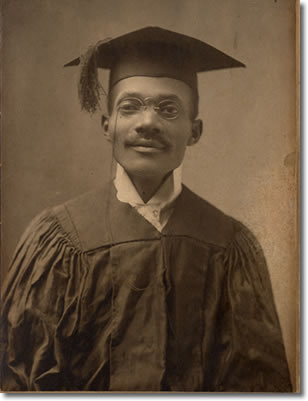Medical Profession

Public health received renewed attention after inadequate medical care and widespread disease in the Civil War. African Americans who wanted high quality care for their own people trained as physicians, nurses, and dentists. Central Tennessee College, established in Nashville in 1867, was a key Reconstruction-era institution that shaped African American professional training into the early 20th century. The Freedman’s Aid Society of the Methodist Episcopal Church founded the school, and added its first professional program, Meharry Medical College, in 1876. As the first such African American professional school in the South, Meharry was an immediate success. In 1886 the school added a dental program; three years later came the pharmaceutical department. That same decade, Central Tennessee College also established the first law school for African Americans. The college changed its name to Walden University in 1900. In the 1920s Meharry moved its facilities to a North Nashville campus next to Fisk University where it still operates today.
Also in the late 19th century, African American physicians helped to establish the University of West Tennessee College of Medicine and Surgery. The professional medical training school was founded in Jackson and moved to Memphis in 1906 before closing there in 1923. Another significant but short-lived facility was the Knoxville College Medical School. Until a separate Negro wing was added to the public hospital in the 1920s, Dr. Henry Morgan Green and other Knoxville physicians had to run their own clinics.. In Chattanooga, Dr. Emma Rochelle Wheeler opened Walden Hospital in 1915. Wheeler, a physician who had practiced medicine in the city since 1905, purchased two lots on the corner of East Eighth and Douglas Streets and, using her own money, erected a three-story brick hospital. For more than twenty years, Wheeler not only practiced medicine but also trained nurses at Walden. Dedicated on July 30, 1915, Walden Hospital became the first hospital in Chattanooga to be owned, operated, and staffed by African Americans and dedicated to their treatment. It remained open until 1952.
Lesson Plan:
African American Medical Recognition
Related Content